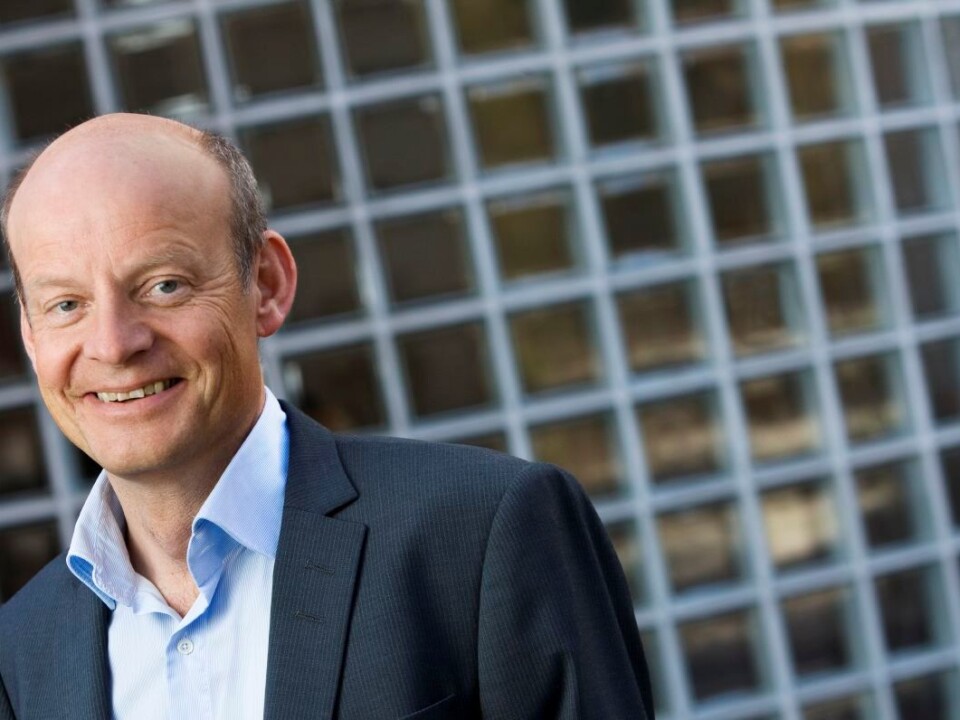This article was produced and financed by The Research Council of Norway

Ten years of excellence
Generous, long-term financing of research centres has led to cutting-edge results in thirteen Norwegian Centres of Excellence.
Denne artikkelen er over ti år gammel og kan inneholde utdatert informasjon.
Thirteen research centres of excellence have gone full term and time has come to sum up their acievements.
The activities at the 13 centres span a wide range, not only in terms of subject area, but also in terms of their location along the axis between basic research and applied research.
Brain research of immediate benefit
Both of the SFF centres carrying out brain research have generated breakthrough findings. With the discovery of grid cells in the brain, researchers at the Centre for the Biology of Memory (CBM) at the Norwegian University of Science and Technology (NTNU) have found a decisive link between mechanisms for memory and spatial location.
This discovery is of significance to developing a cure for age-related diseases such as Alzheimer’s disease and dementia.

The discovery at the Norwegian Centre for Molecular Biology and Neuroscience (CMBN) that aquaporin 4 is the dominant water channel in the brain has been crucial to understanding the development of brain oedema. The finding is also vital to understanding an array of illnesses, such as stroke, meningitis and inflammatory bowel disease.
With cooperation between the University of Oslo and Oslo University Hospital, the basic research conducted at CMBN creates immediate benefits.
International demand for knowledge
The Bjerknes Centre for Climate Research (BCCR) in Bergen, the International Centre for Geohazards (ICG) in Oslo, and the Centre for the Study of Civil War (CSCW) at the Peace Research Institute Oslo (PRIO) all supply valuable knowledge. The Bjerknes Centre has created a global climate model that is used by the UN’s Intergovernmental Panel on Climate Change (IPCC), while ICG is at the core of a broad-based international community conducting research to project the risk of landslides throughout Europe due to climate change, among other aims.
The UN system, the World Bank and other international organisations make extensive use of CSCW’s expertise. The centre’s research has helped to turn the international community’s attention towards policy development in the wake of civil wars. In collaboration with researchers at ICG, CSCW’s researchers have mapped potential areas of conflict in Asia based on natural and social conditions.
Vital for subject field renewal
The Centre of Mathematics for Applications (CMA) at the University of Oslo has helped to renew the teaching of mathematics with the project “Computers in Science Education” (CSE). By exploiting the calculational potential of computers, the centre has opened up mathematics research to the rest of the university. The CSE project received the annual University of Oslo prize for best learning environment in 2011 and the project’s approach is now being employed by other institutions.
The Centre for Advanced Study in Theoretical Linguistics (CASTL) in Tromsø and the Centre for Medieval Studies (CMS) in Bergen have both helped to alter the academic culture in the humanities, with their focus on cooperation within and across disciplines. Both of these humanities research centres have also been awarded status as Nordic Centres of Excellence.
Relevant for industry
A number of industries will draw great benefit in the short or the long term from the research conducted at many of the SFF centres. The Centre for Ships and Ocean Structures (CeSOS) in Trondheim closely links basic research and innovation activities, generating findings of significance to Norway’s three largest industrial sectors: petroleum, aquaculture and shipping. Offshore wind energy is becoming an increasingly important field in which CeSOS’ expertise in wind turbines will be very valuable. The centre is participating in an EU project addressing the simultaneous use of wind energy and wave power.
Likewise, the research carried out at the Centre for Integrated Petroleum Research (CIPR) in Bergen is of direct relevance for enhancing recovery at existing oilfields, and the Aquaculture Protein Centre (APC), whose main office is at the Norwegian University of Life Sciences (UMB) in Ås, plays a pivotal role in the development of feeds for the aquaculture industry.
Building competence and capacity
“The Norwegian Centres of Excellence (SFF) centre scheme has given dynamic research groups the stability and opportunity to give it their all. And ten years of activity have shown how fruitful it is to invest in long-term research. Several of the centres have generated results that absolutely no-one could have foreseen. Seen as a whole, the research conducted at the SFF centres is of tremendous benefit to society,” says Executive Director Anders Hanneborg at the Research Council of Norway.
“The SFF centres have done more than simply deliver research findings. They have also provided Norwegian society with highly-skilled personnel in key fields,” says he continues.
All of the centres have trained a number of doctoral and post-doctoral students, many of whom are now employed in the private sector. Forty per cent of the Master’s and Ph.D. graduates trained at the basic research centre Physics of Geological Processes (PGP) in Oslo are now positioned in companies conducting petroleum-related activities. Nearly all of the students who earned degrees at the Centre for Quantifiable Quality of Service in Communication Systems (Q2S) in Trondheim have found jobs in the industry.
Few women recruited
“I am very pleased to see how the centres have managed both to train a large number of younger, talented researchers and to attract international experts to Norway. Many of the centres have exceeded their own recruitment goals, thereby supplying a considerable number of researchers in areas where they are sorely needed in Norway,” Mr Hanneborg says.
CMA, for instance, has produced 60 doctoral degrees – double the centre’s original target. CeSOS has also produced 60 doctoral degrees, and 30-40 more are expected to be completed in the next few years.
Many of the centres report tremendous interest among the world’s most talented younger researchers to come to Norway and join their research team. Cooperation between leading researchers at the centres and young talents has been essential to cultivating the researchers of the future and thriving research environments.
As in research management in general, recruiting women directors has been a major challenge for the SFF centres. “We addressed this issue a little too late in relation to the initial SFF centres,” explains Mr Hanneborg, “but now three of the centres have women directors – APC, CMBN and CASTL – and achieving gender balance in research management will be an area of continued focus.”
Value added by establishing the centres
“One of the expectations for the centres was that they would expand beyond what the allocation from the Research Council would indicate. This objective has been achieved: nearly all of the SFF centres have grown large and dynamic and are expected to remain at the international research front for many years to come.”
The brain research centres CMBN and CBM are good examples here. Today the allocation from the Research Council accounts for only a small portion of the centres’ overall budgets. Together, these two centres are the workplace for 280 researchers.
Translated by: Victoria Coleman/Carol B. Eckman
































